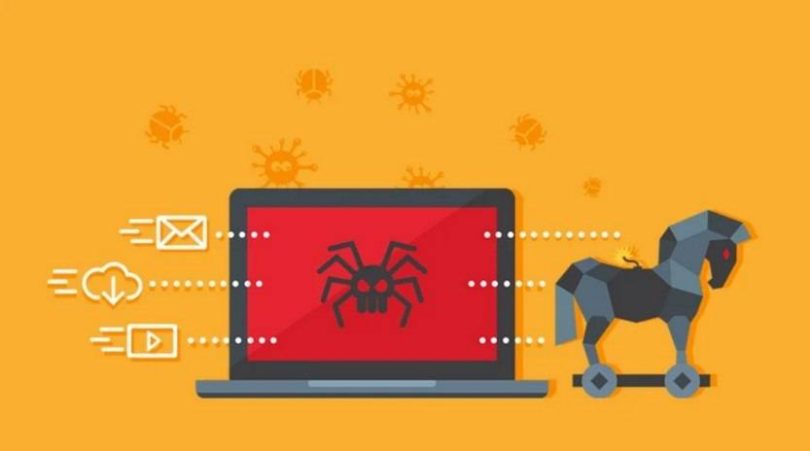Removing Almoristics Service: A Step-by-Step Guide to Virus Removal
Almoristics Service is a dangerous computer virus that can cause a range of problems for its victims, from slow computer performance to data loss and identity theft. It is essential to remove Almoristics Service as soon as possible to prevent further damage and ensure your computer returns to its normal state. In this article, we will provide a step-by-step guide on how to remove Almoristics Service and regain control over your compromised computer.
Understanding the Risks of Almoristics Service
Almoristics Service is a type of ransomware that uses strong encryption to lock your files and demand payment in exchange for the decryption key. It is often spread through phishing emails, infected software downloads, and infected software updates. Once infected, Almoristics Service can:
* Encrypt your files, making them inaccessible
* Slow down your computer’s performance
* Disable your anti-virus software
* Open backdoors to allow hackers to access your computer remotely
* Demand payment in exchange for the decryption key
Removing Almoristics Service: A Step-by-Step Guide
Removing Almoristics Service requires careful attention to detail and patience. It is crucial to create a backup of your important files before attempting to remove the virus. Follow these steps to remove Almoristics Service:
1. Disconnect from the Internet: Almoristics Service uses the internet to communicate with its creators and receive further instructions. Disconnect your computer from the internet to prevent any potential updates or commands from the virus.
2. Restart your computer in Safe Mode: Restart your computer and immediately press the F8 key to enter Safe Mode. This will help you bypass the virus and boot your computer in a minimal environment.
3. Backup your important files: Although you may not have immediate access to your files, it is essential to create a backup of your important files and data. Use an external hard drive or cloud storage to save your files safely.
4. Use a reputable anti-virus software: Install a reputable anti-virus software that is capable of detecting and removing ransomware. Popular options include Malwarebytes, Avast, and Kaspersky.
5. Perform a system restore: If you have a backup of your system files, you can use the System Restore feature to roll back your computer to a previous point when it was malware-free. You can find the System Restore option in the Start menu.
6. Use a ransomware removal tool: Download and run



